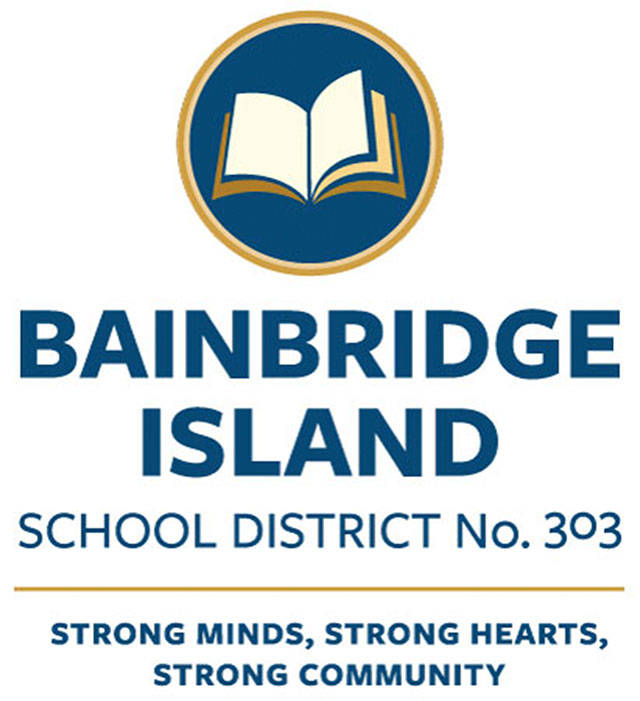With the COVID-19 pandemic causing budget concerns for the Bainbridge Island School District, staff is looking for ways to mitigate that cost for the 2021-22 school year.
BISD’s two local funding sources are the General Fund (operational expenses) and the Capital Fund (new construction/building renovations and technology equipment).
“The capital fund does support the general fund in many ways, but you can’t pass bonds to run your general fund,” BISD business director Peggy Paige said at Thursday’s school board meeting.
According to school board documents, the district estimated the 2021-22 General Fund budget needs to be reduced by $1 million to $4 million, consisting of lower enrollment ($3.1 million), salary/benefits ($700,000), along with insurance and utility costs ($200,000). BISD is also waiting on pending legislative action on COVID relief funding.
Proposed House and Senate budgets indicate that enrollment stabilization will be addressed, and the district anticipates receiving state revenues to offset enrollment loss. That would be one-time funding to assist in stabilizing school district budgets, documents read.
“We’re feeling really good about this because that’s a huge part of our problem,” Paige said.
The main reasons for the budget adjustments include balance deficit spending, enrollment, salaries and state allocation. For balance deficit spending, BISD budgeted about $57.5 million in revenues and about $59.73 million in expenses, which indicates the district budgeted roughly $2.2 million more than projected revenues (deficit spending).
“What you do when you create the new budget is you basically take your budget revenues and expenses; you move them to next year, and then you make all the adjustments that you know are going to happen,” Paige explained. “When you’re deficit spending, the first thing you have to do is correct that and the next year, unless you have a really large fund balance that can float you many years, which we don’t.”
Regarding enrollment, the district anticipates a loss of 127 additional students for the next school year. The 198 students that BISD lost this year along with the 127 students lost for next year equates to 325 students. 325 multiplied by $9,600 (the approximate state per-pupil funding) equates to $3.1 million less in the budget.
For salaries and state allocation, state salary funding is based on an average state salary, which is enhanced by a regionalization factor and is no longer directly linked with education level and teaching experience, according to documents.
“With McCleary (decision), the way that salaries are funded in the state has changed,” director of human resources Nathan Fitzpatrick said. “Previously, the state would fund districts based on the experience and education of their teachers and local districts were empowered through local levies…to essentially adjust compensation accordingly. That is no longer the case. The state provides us with an average salary and then adjusts that by a regionalization factor so every district in the state is getting a flat amount and then that’s adjusted depending on the regionalization of a specific area.”
BISD has an experienced staff, which costs more, and the district will absorb that additional expense. “What that means is that we are extremely fortunate in (BISD) to have an amazing, talented, veteran, well-educated staff, and as a result, the state underfunds what they apportion us, so what they actually give us for enrollment is less in terms of salary than what we’re ultimately paying our staff members overall,” Fitzpatrick said.
Additional considerations for budget adjustments include:
- Pending legislative action (transportation)
- COVID Response – hybrid & online learning costs
- Supporting District Improvement Plan
- MSOC cost increases (insurance, utilities, etc.)
- Maintaining 5% fund balance
As the district looks forward, budget reduction strategies consist of staffing to enrollment ($1.3 million), unfilled positions, hold MSOC at revised 1920-21 levels (if needed), adjust curriculum adoption allocation (if needed), restrict use of extra-time/overtime (if needed) and program reduction (if needed).
For the if-needed items, Fitzpatrick said, “We don’t anticipate needing to make those considerations this year.”
A Budget Advisory Committee meeting will be held April 21 and staff also plans on meeting with each other about the budget process before recommended reductions are brought back at the next school board meeting April 29.



